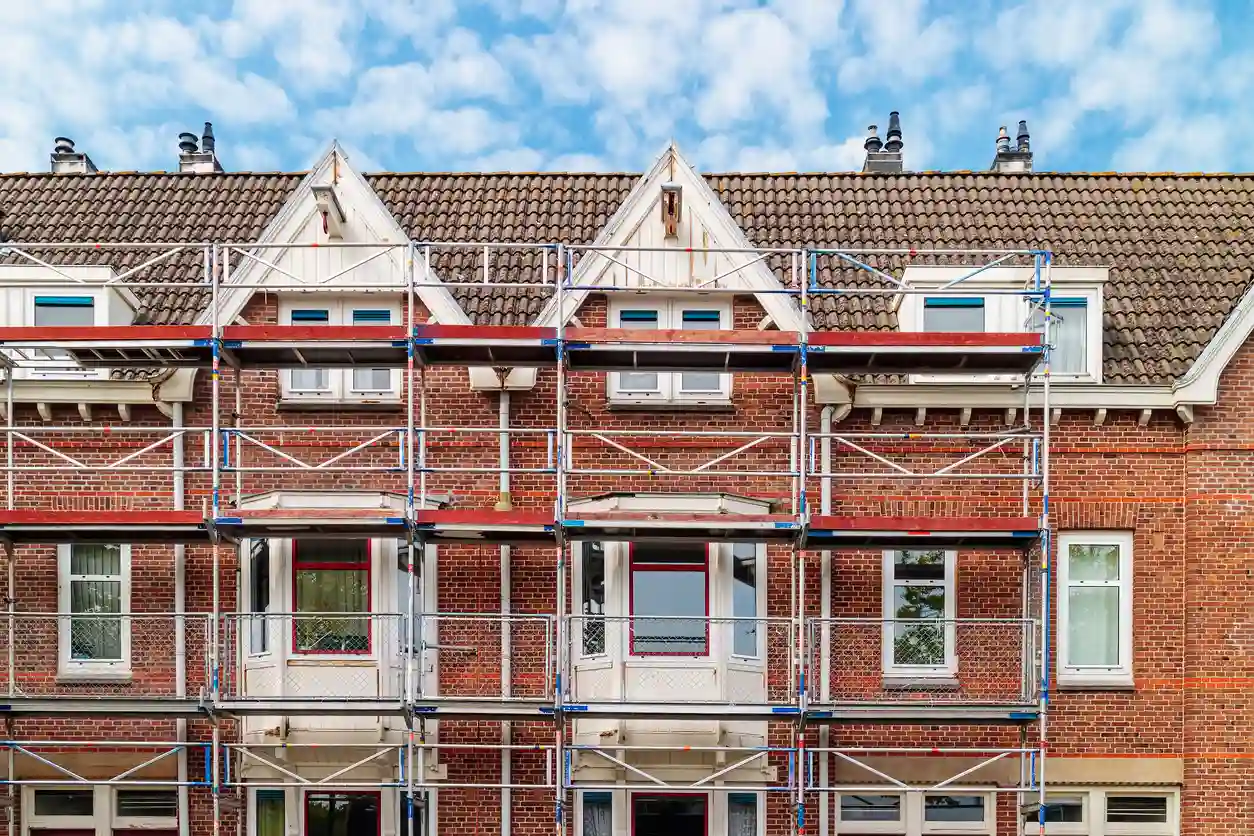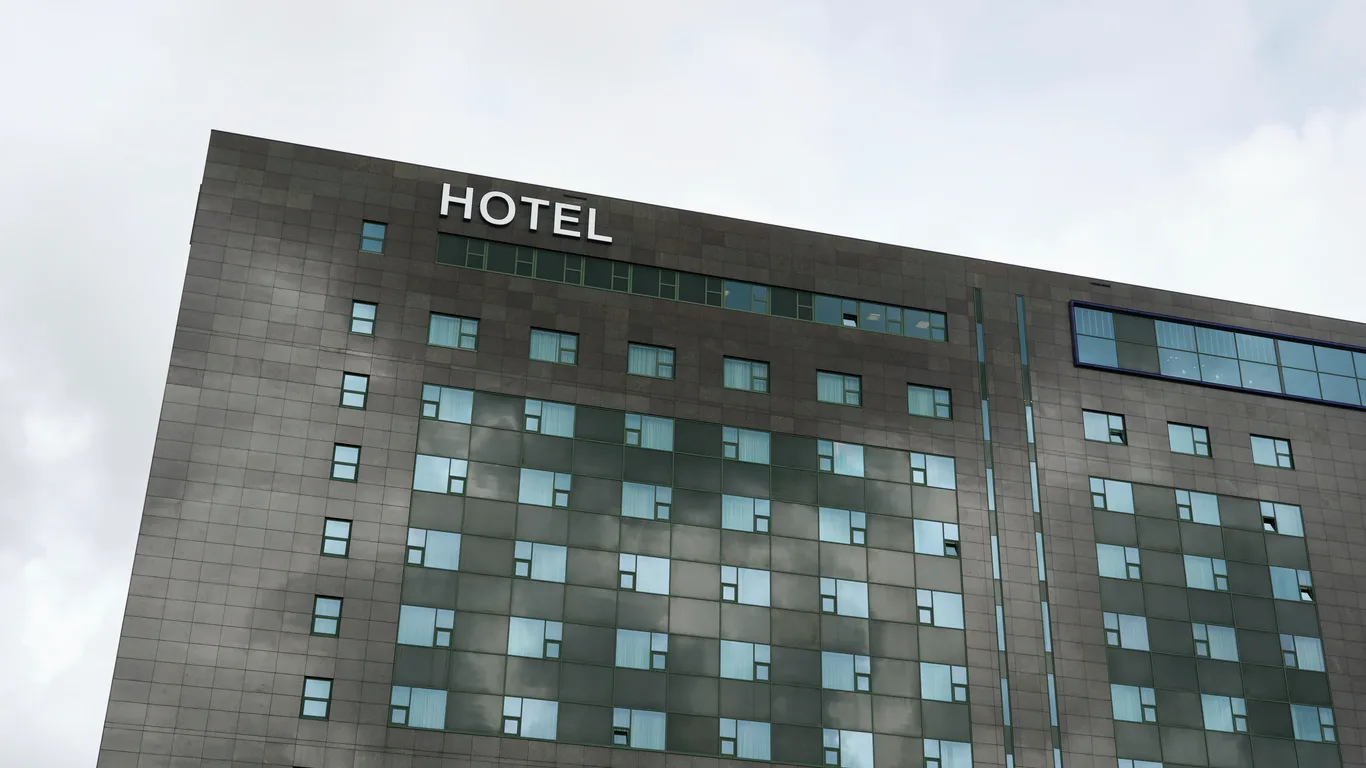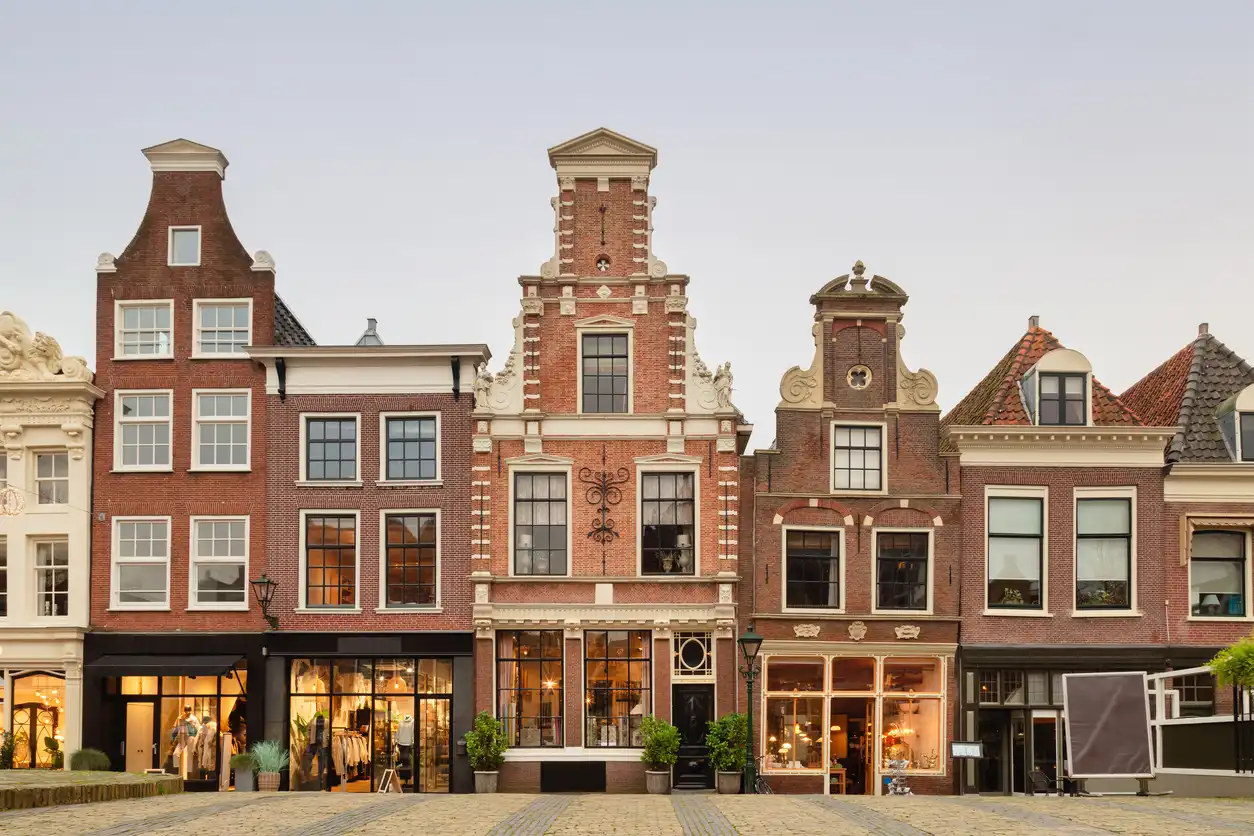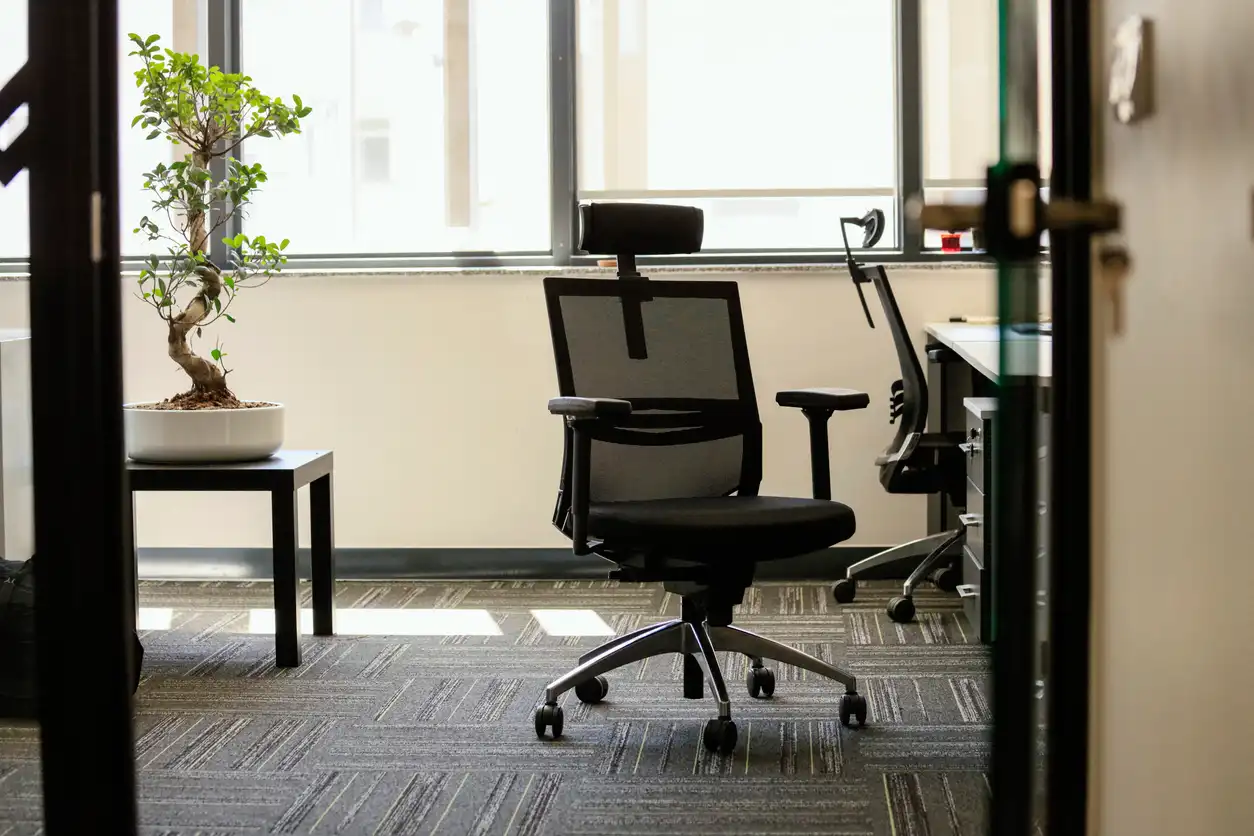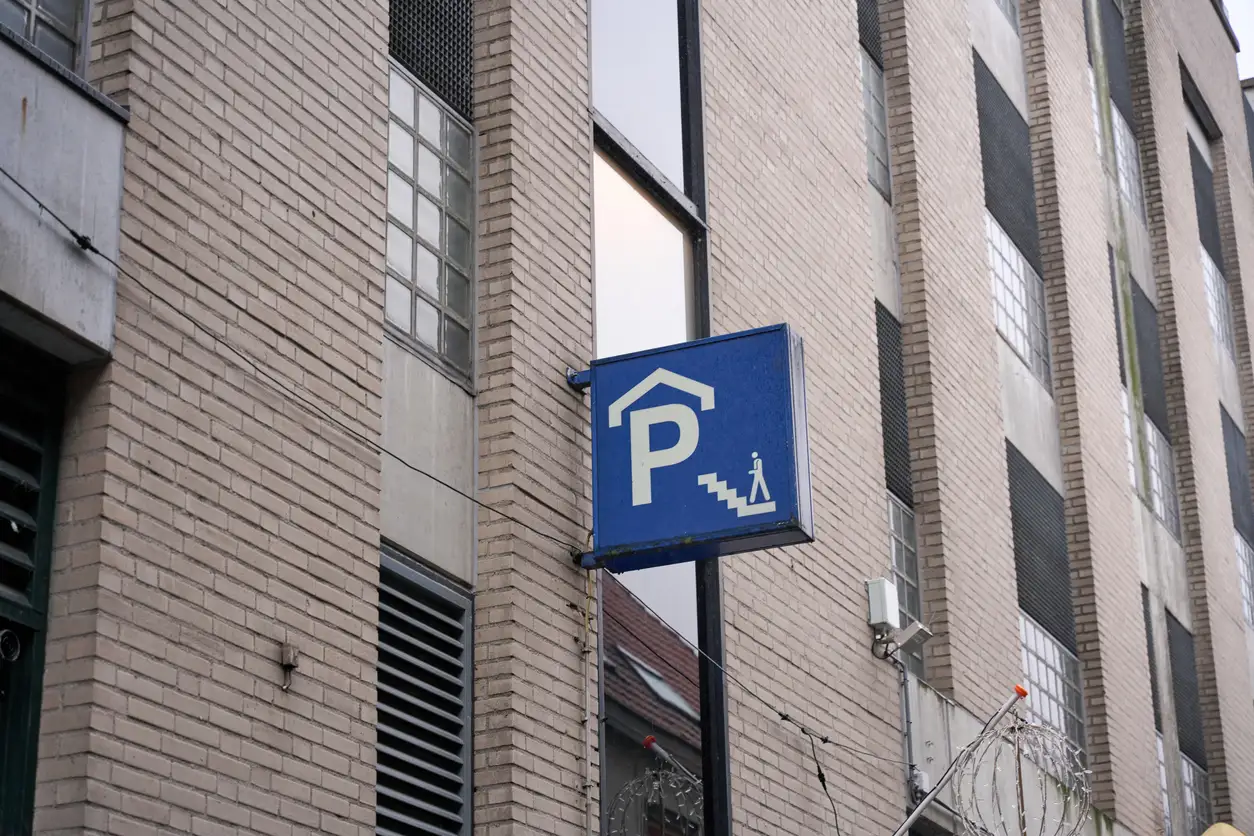The VAT rules in construction can be quite tricky. The rate varies depending on the type of work and material. We would like to explain to you what rates there are and what you should pay attention to as a self-employed person in construction.
What is covered by 9% VAT in construction?
Some construction projects are eligible for the reduced VAT rate of 9%. These are mainly renovation and repair work on homes older than two years. The following work usually falls under the 9% rate:
- Painting and wallpapering
- Plastering
- Insulating floors, roofs and facades
- Residential maintenance and repair
What is never covered by the low VAT rate?
Work on holiday homes, offices, shops and other business premises always fall under 21% VAT, regardless of the age of the property. The 9% rate applies only to properties intended for permanent residence and older than 2 years.
What is covered by 21% VAT in construction?
Unfortunately, not all construction work is eligible for the reduced VAT rate. In fact, some jobs are subject to the standard VAT rate of 21%. These include:
- New building projects
- Architectural costs and structural calculations
- Garden landscaping and paving
- Supply and installation of kitchens and bathrooms
- Sale of loose building materials
VAT on labour
VAT on labour depends entirely on the type of work and the situation. Here is a handy overview of common jobs and the corresponding VAT rates.
VAT rate for painting and wallpapering
For homes older than two years, you only pay 9% btw On painting and wallpapering. This involves both interior and exterior painting.
VAT rate for plasterers
Plastering on homes older than two years falls under the 9% VAT rate. The standard rate of 21%.
VAT rate for floors and tilers
Flooring and tiles often falls under the 21% VAT rate. Note: Is it about insulating floor finish? If so 9% btw moneys.
VAT on building materials
VAT on materials depends on the type of work:
At painting, plastering and wallpapering work To homes older than 2 years, you may also count the materials used (paint, plaster, wallpaper glue) under the 9% rate, as long as they are part of the service.
At insulation work applies: the labour hours fall under 9%, but the insulation materials themselves are always taxed at 21% VAT.
Sell your loose construction materials, without assembling them yourself? Then 21% VAT always applies, even if the materials are intended for a home older than 2 years.
Applying multiple VAT rates in one order
Sometimes a mix of VAT rates applies within one job. For example, consider a renovation company that does both painting (9%) as the installation of a new kitchen (21%) does. In such a case, both VAT rates should be put on the invoice separately.
VAT shifted on construction materials and hours?
When it comes to larger construction projects, VAT can simply be transferred to the client. This means that the contractor does not charge VAT, but rather the client takes care of it himself. This often happens with subcontractors working for a main contractor. The VAT reverse charge mechanism prevents hassles with VAT that you have to reclaim later anyway. This way, you keep everything nice and easy.
What to pay extra attention to with VAT in the construction industry
- Always check which VAT rates apply to which work, as it saves surprises.
- Check if a property is older than two years to know if the 9% rate applies.
- Clearly state on the invoice which jobs fall under 9% and which under 21% VAT.
- With VAT reverse charge, make the invoice without VAT, but don't forget to mention the scheme.
Beware of properties that are part dwelling and part business (from 1 July 2025)
Are you working on a property that contains both residential and commercial space, such as a residential-shopping property or a house with practice space? Since 1 July 2025, you must always pay VAT split in proportion to use. Only the part used as a private residence may be taxed under 9%. The business space always falls under 21%. Until July 2025, there was a more lenient rule for this, but it has been abolished.
Frequently Asked Questions
How do I know whether to charge 9% or 21% VAT?
This depends entirely on the type of work and the age of the property. Work on homes older than two years may fall under the 9% rate.
Does 9% VAT also apply to new-build homes?
No, the reduced VAT rate does not apply to new construction. This is always subject to 21% VAT.
How does VAT reverse charge work in construction?
With VAT reverse charge, the contractor does not charge VAT. In this case, the client pays the VAT itself. This often happens in a subcontract.
Can I reclaim VAT on building materials?
As a business owner, you can reclaim VAT on building materials, provided of course they are used for taxed supplies and not for private use.
How should I split VAT on an invoice?
If an order contains multiple VAT rates, this must be stated separately on the invoice for each service. We can help you invoice correctly.
